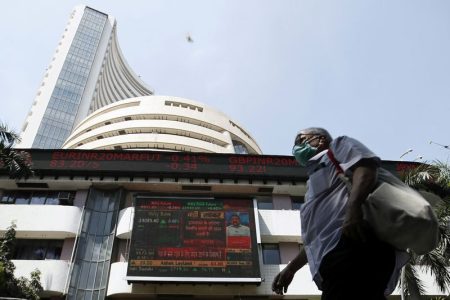The return of the office commute will give Starbucks an opportunity to caffeinate its coffee sales and cater to pandemic-driven buying habits.
| Ticker | Security | Last | Change | Change % |
|---|---|---|---|---|
| SBUX | STARBUCKS CORP. | 80.20 | -1.13 | -1.39% |
That’s the takeaway from a recent Wells Fargo research note anticipating that Starbucks will regain business as more employees return to the office while it retains pandemic-driven food and beverage digital ordering habits. That could mean increased drive-thru traffic and food sales during peak meal times – like the morning rush, lunch and the occasional midday coffee break.
Wells Fargo analyst Jon Tower notes that office visits are still down 70% compared to pre-COVID levels, however, the chain has been able to compensate for that with higher check averages, and he sees ample post-pandemic opportunity for Starbucks to capitalize on various sales channels.
“Based on the data we captured in that note, the company has been able to nicely offset those lost commuter occasions by building sales through larger checks, larger group orders, better daypart usage by the customer and consumers pivoting the ‘office visit’ occasion to a ‘Work From Home office visit’ occasion, in many cases, using the drive-thru window,” Tower told FOX Business, adding: “As consumers move back to the office, there will likely be some channel shift back to on-demand – like waiting in line versus mobile order ahead, but we do believe that digital sales mix has moved permanently higher in part due to the pandemic.”
And the coffee chain will likely capture the returning commuter crowd at brick-and-mortar stores again through its loyalty program, Tower anticipates.
STARBUCKS APPLIES FOR STADIUM NAMING RIGHTS
“Given the technology stack, the company will likely know early on that a person has returned to the office setting and can offer incentives to drive traffic to stores in a market. The 1-to-1 connection through the Starbucks app and loyalty program is a powerful tool to keep customers engaged with the brand no matter where the customer is located,” Tower said.
Tower also sees sales opportunities in new markets, including in less populous, suburban areas, perhaps, as a result of many Americans fleeing cities for more space to work remotely during the pandemic.
“Store openings also show Starbucks pushing farther into less dense populations and the exurbs, which is a strong leading indicator of a company continuing to grow its addressable market,” he wrote in the note.
Read the full article here











